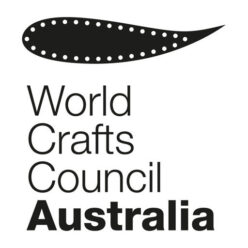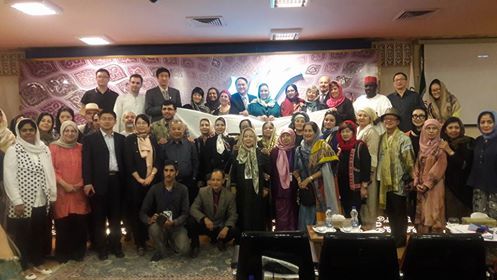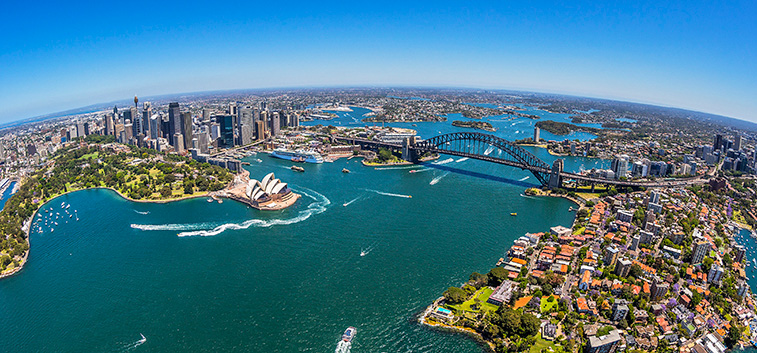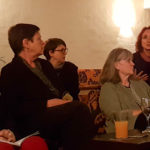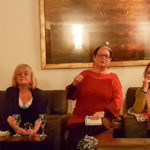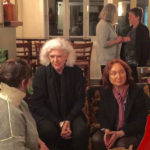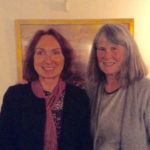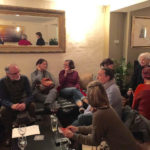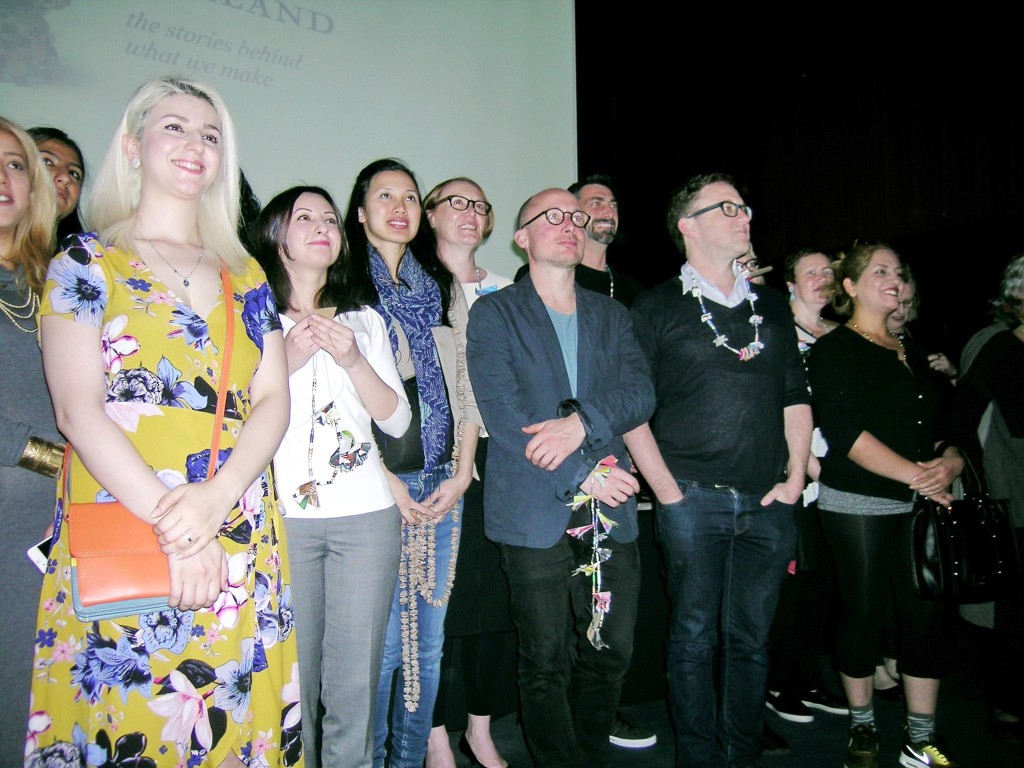 After 50 years in the field of Australian craft, Robert Bell has announced his retirement as Senior Curator of Decorative Arts at the National Gallery of Australia. Few people have contributed as much to this national art form. His tireless advocacy for studio craft practice has ensured that the National Gallery of Australia contains some of the best craft work made in our country. This is a critical legacy for future generations, as they look back at what we achieved in our time here. We wish him a fruitful and healthy retirement.
After 50 years in the field of Australian craft, Robert Bell has announced his retirement as Senior Curator of Decorative Arts at the National Gallery of Australia. Few people have contributed as much to this national art form. His tireless advocacy for studio craft practice has ensured that the National Gallery of Australia contains some of the best craft work made in our country. This is a critical legacy for future generations, as they look back at what we achieved in our time here. We wish him a fruitful and healthy retirement.
World Crafts Council enters new era
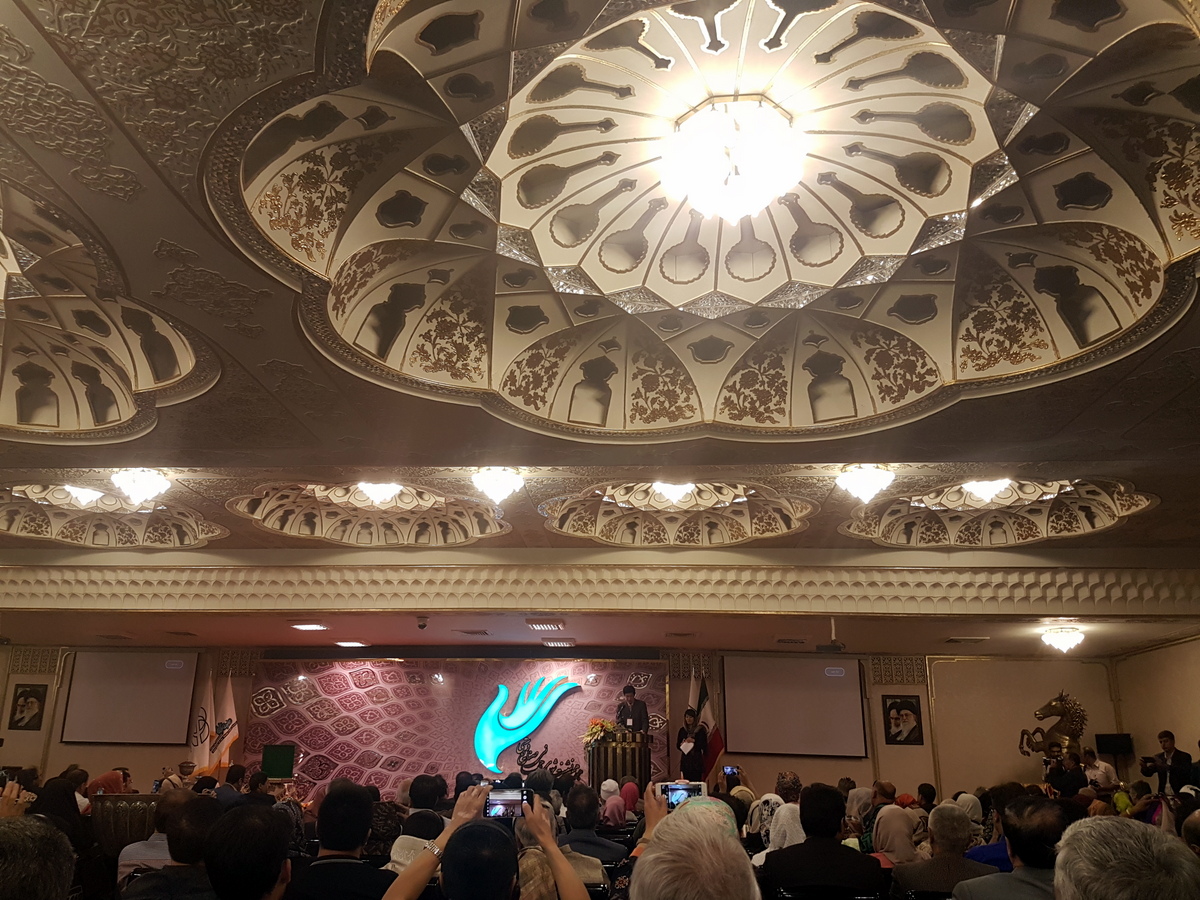
The 18th General Assembly of the World Craft Council has just met in Isfahan, Iran. Every four years the members gather to celebrate craft, consider pressing issues and elect a new president. It was Europe’s turn this time and Rosy Greenlees, the Director of Crafts Council UK, stepped forward to take on the responsibility. WCC-Europe has been very active of late, extending its engagement across the continent. This Presidency promises to bring increased dialogue, for sure. However, we are unlikely to witness in this upcoming term the kind of generosity exercised by the Chinese in bringing the world of craft together, as they did in Dongyang, 2014. But there are many other ways of being effective than hosting grand global spectacles.
This year’s General Assembly was focused mainly around the World Cities of Craft program, where cities are recognised for their preeminence in a particular craft. India, China, Iran and Chile have been particularly active in nominating cities (Iran’s cities feature in the latest issue of our Garland magazine). The challenge now is to develop networks between cities so that they can build exchanges on top of their individual activities.
The four-day event occurred in the splendid surrounds of the Abbasi Hotel, in the majestic Isfahan. This seemed to encourage much ceremony and quite a few marathon speeches (with translations!). The highlight was no doubt the enthusiasm of the hosts. It was difficult to walk more than a few metres in any direction without being called upon for an interview, a selfie, or just a heartfelt smile. The pride in hosting this international craft event was palpable. It may well be the most important international event hosted by Iran since sanctions started being lifted with the recent nuclear deal. In Australia we don’t quite realise the importance of craft diplomacy in our region.
Australia is part of the WCC-Asia Pacific Region, which is by far the largest. Dr Ghada Hijjawi-Qaddumi was confirmed as President for her second term. Dr Ghada brings an inclusivity and rigour to the role, not to mention her generous support for the Online Encyclopedia of Crafts in the Asia Pacific Region, which promises to be an important legacy. The South Pacific sub-region is represented by myself and Lindy Joubert. It’s not always an easy fit. In some ways, our craft culture has more in common with the studio crafts in Europe and North America than the more traditional practices in Asia. But the dualism of tradition and modernity is a powerful dynamic of the WCC-APR.
It is a shame that more Australians didn’t travel to witness this gathering—there was a major contingent from Bangladesh. But it is expensive for us to fly from across the Indian Ocean and the information about hotel bookings was less than clear. It’s worth checking the Garland calendar for regional craft events that are closer to hand. It is wonderfully uplifting to feel part of such a diverse community. This becomes ever more precious in a time of growing isolationism and cultural phobias.
The WCC-APR board resolved to modernise the organisation through development of a communication strategy. This is aimed particularly at the next generation who access most of their information by smartphone. As we saw with the recent Sydney meeting, there is also potential for “crowd-sourcing” in enabling more active involvement in the organisation. The social media platform developed by our Iranian hosts provided a model for this.
So expect more action now from the World Crafts Council—from everyone, hopefully including you.
Thank you Iran for your commitment to the world of craft.
Kevin Murray, Secretary, World Crafts Council – Australia.
Vale Sue Rowley
Professor Sue Rowley died on 3 September in Melbourne. Sue was instrumental in the development of new approaches to theorising craft. Her writing on the subject was influential, but even more importantly she created a milieu in which new ideas could flourish: through mentoring other writers, convening conferences and her editorial work, she brought new writing on craft to an international audience. Through her work at Wollongong University, and later as executive director of Humanities and Creative Arts at the Australian Research Council, she was instrumental in consolidating the creative arts as a legitimate research area within universities in Australia. She served as professor of contemporary art theory at the College of Fine Arts at the University of New South Wales and later as Deputy Vice-Chancellor (Research) at the University of Technology, Sydney, where she was instrumental in founding the Creative Industries Innovation Centre. She was an exceptional colleague, mentor and friend to many and will be sorely missed.
Anne Brennan, School of Art, Undergraduate Convenor, Australian National University
Where did my craft organisation go?
Thanks everyone for the show of strength and commitment. It was an auspicious evening.
__
A gathering of the faithful to talk about representation for craft
Three Weeds Hotel, 197 Evans St, Rozelle, Sydney
Thursday 4 August at 6pm
With the de-funding of NAVA and the Australian Design Centre, there is currently no craft organisation with federal funding in NSW (ACT has two). What happened? Do we need an organisation anymore? Are there other platforms, like World Crafts Council – Australia, that can fill the gap?
This is an open conversation aiming to gather who see value in a platform for exhibiting, publishing and promoting craft – and would to like to help make it happen.
Facebook event.
The road to China
Are you interested to invest in developing a Chinese market for your craft products?
Here’s an invitation from our Chinese colleagues, the West China Cultural Industries Expo:
WCCIE is an international and comprehensive cultural industries expo at national level which will be held on Sept.9-12. Now “The Belt and Road” construction occupies a special position in China, and plays a positive role in culture bridging and guiding, so as to enhance the communication and exchanges of the various countries, fields and religious groups, and then drive the all-round exchange and cooperation of the various countries along the Silk Road. Xi’an is located at the bonding point of Central, East and West China, as the starting of the Silk Road, it is the most important central city on New Eurasian Land Bridge(Chinese Section), WCCIE is such a platform to bring all the countries along the Silk Road to come together, make them know more deeply about Xi’an, West China, even the whole China, we are making efforts to push the cooperation of commercial & economic tradings on the basis of communication and talks on the whole cultural industry.
If you’d like to learn more, particularly prices for booths, you can download their official invitation here.
Vale Emanuel Raft (1938 – 2016)
We’re sorry that Emanuel Raft is no longer with us. Raft’s contribution to Australian craft is an example of the critical contribution that migrants played, particularly to the development of contemporary jewellery. Though he positioned himself as an artist, his period as a jeweller helped establish this new art form in the heady art scene of 1960s Sydney.
Below is an excerpt from Damian Skinner and Kevin Murray. Place and Adornment: A History of Contemporary Jewellery in Australia and New Zealand. Auckland, N.Z.: Bateman, 2014.
The Egyptian Emanuel Raft migrated to Australia in 1956, where he started studying art at the Bissietta Art School in Sydney. After a year at Brera Academy, Milan, Raft returned to Australia and became involved with the Sydney visual arts scene, particularly the circle of the Nobel-prize winning novelist Patrick White. Raft became an artist who made jewellery for exhibition rather than as a private or purely economic activity, making him a unique figure in the Australasian art scene. Rather than reflect a natural organic order, Raft’s work adopts a more expressionist interest in new forms that connect with the emotions. In doing this, Raft was one of the few Australian jewellers to use opals; he preferred rough uncut opals that gave his work a fluid texture.
Raft located his jewellery within the visual arts scene, where it was considered ‘wearable sculpture’. He lived with sculptor Clement Meadmore, who said of Raft’s Brisbane show in 1962: ‘In jewellery he has found an ideal medium for three-dimensional extension of his painting while retaining his painterly qualities in their purest form. Thus he has developed his own technique in jewellery through an intuitive search for equivalents to the sensations experienced in his paintings.’ This jewellery is located entirely within a visual arts context, unrelated to its craft history over the centuries. Also in the chorus was James Gleeson, who devoted a newspaper review to Raft’s jewellery works: ‘They are vital, beautifully made, boldly asymmetrical yet exquisitely balanced, refined in details, imaginative in the use of material, enriched by various surfaces, and above all, mysterious – as mysterious as an asteroid or a talisman.’ Echoing his praise of Larsen and Lewers’s jewellery as approaching ‘fine sculpture’, Gleeson similarly described Raft’s work as ‘small sculptures’. Certainly Raft considered his work as ‘wearable sculpture’ rather than ‘personal adornment’. As Peter Pinson writes of Raft’s work, ‘The object itself was everything’. Thus he was inclined to push jewellery beyond practicality, including a ring that wrapped itself around four fingers. This modernist approach to jewellery defined itself against its use in everyday life, and sought to invent forms that transcended convention.
Raft took up a series of lecturing positions through the 1960s and 1970s and eventually produced less jewellery, holding his last jewellery exhibition at Electrum gallery in 1977. Nevertheless, his career did have an influence in the development of the Sydney scene, introducing European jewellery techniques such as cuttlebone casting. He had a particularly strong effect on Ray Norman, who saw Raft’s 1964 exhibition of cast work and was inspired to consider that jewellery could be a form of creative expression. Even though it was evaluated in terms of another medium, sculpture, Raft’s work did offer recognition of jewellery as a serious art form.
Impact of Australia Council organisational funding for Australian craft
- Craft Victoria
- Craft ACT
- JamFactory Craft & Design Centre
Garland #2 – Back to the Garden
Garland is here
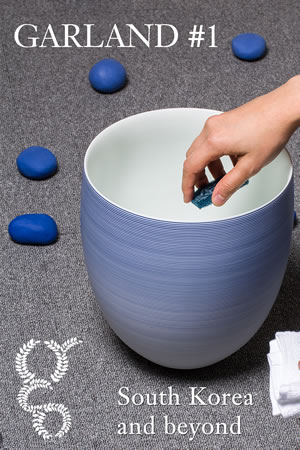
Garland is launched!
A new Australian platform for publishing in craft and design has emerged.
Garland is a quarterly online magazine that features articles from around the world with a particular focus on the Asia-Pacific. The first issue contains more than 30 articles about the thoughtful objects being made in the wider world. There are features on classic and innovative crafts in South Korea, including key voices in the new generation of curators whose challenge is to connect the traditional strengths of Korean craft skills with the contemporary world. An online exhibition Intimate Immensities casts a broad gaze across creative endeavour on both sides of the Pacific.
Showing the interconnectedness of the Asia Pacific, there are also articles about Korean artists working across the Pacific, including Melbourne, Sydney and Los Angeles. From Australia we have a combination of Aboriginal and settler makers reflecting the importance of place in their work. There are parallel articles from New Zealand, India, Malaysia, Indonesia, Zimbabwe, Colombia and Mexico.
According to managing editor Kevin Murray, “Garland builds on growing creative interconnections in our region, with a particularly Australian focus on thoughtful writing and sense of place. The Korean designer-makers in our first issue raise the prospect of ‘labour-making devices’ that counteract the growing impact of automation.”
The editorial team also includes Damien Wright and Olivia Pintos-Lopez. Garland is auspiced by the World Crafts Council – Australia. It has been made possible thanks to a successful crowd-funding campaign that raised three times the target amount.
Each issue features a commissioned ‘slow read’ on a handmade object. The first essay is by Julie Ewington on a porcelain vessel by Kirsten Coelho. This is a masterfully written reflection on the way a ceramic artist can capture time. It is available to subscribers in web and e-book formats. These subscriptions fund the magazine. There is also a special collector’s edition with covers hand-decorated by refugee artists associated with Melbourne Artists For Asylum Seekers.
Future issues will map places of creative activity in the region. The next issue will focus on South Australia. Future destinations include Yogyakarta, Canberra, Mumbai, Cairns and Oaxaca.
The website is www.garlandmag.com. Subscriptions are $AUD 40. Garland magazine maintains an active focus on Twitter and Facebook.
Other images related to Garland can be found here: https://app.box.com/s/ibywiv8bxj7af8cuh9fmpta0v92bvwfr
